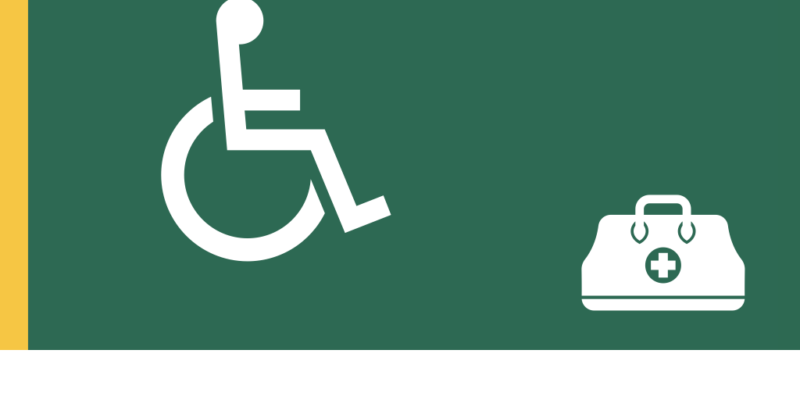Many people are aware that Medicaid will pay for diapers under certain conditions, but aren’t clear what the conditions are, or how to get the diapers. In the birth to three population, many people assume that you cannot get a prescription for diapers, and say they are waiting for the child’s third birthday. So, here are the current facts about Medicaid subsidized prescription diapers.
Who is eligible?
For any person to be eligible for prescription incontinence products, they need to “have a diagnosis of an underlying medical condition that involves loss of bladder or bowel control.” The Department of Vermont Health Access (DVHA) keeps a list of eligible diagnoses. As of 5/15, that list included diagnoses of cerebral palsy, autism spectrum disorder, fetal alcohol spectrum disorder, and a wide variety of congenital gastrointestinal, urologic, and metabolic conditions.
How Many Do They Get?
Since continence is not typically expected for most children in the birth to three population, the subsidy has certain conditions in this age group. DVHA guidelines say, “the family is responsible for providing a child with the first 150 disposable incontinence products per month. The DVHA may pay up to 150 units per month when clinically indicated and medically necessary”. So this means that if a family reports that they are using 300 or more diapers per month, they can get up to 150 diapers covered. After the child’s third birthday, they are entitled to up to 300 incontinence products monthly.
What Can Families Get?
The products offered are diapers, briefs (pull-ups/pull-ons), disposable under pads (Chuxs), and liners. Chux may be a helpful addition for some families whose child has severe night wetting or g-tube leaking.
How Do They Get The Diapers?
Diaper prescriptions used to be filled by local pharmacies. VT Medicaid now contracts with ActivStyle to fill all incontinence supply prescriptions. Families can enroll with ActivStyle themselves, and work with VT Medicaid and the child’s PCP to fill the prescription. They will also send sample products. Caregivers should also speak to a representative from their child’s primary care office to make sure they share the same understanding of the child’s eligibility and diagnoses. Families should know that the products will not be their preferred brands. Some families have appealed to get a different brand if they could demonstrate that the child was having an adverse reaction (rashes, etc.) to a provided product.
DVHA does update their guidelines periodically. Prior to sharing information with a family, always check the DHVA Incontinence Supplies information page, and follow their link to the DVHA Durable Medical Equipment webpage for the most up to date Incontinence Supplies bulletin.




